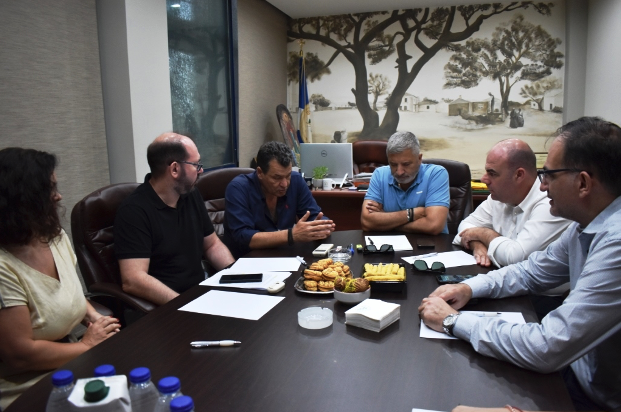
FLOOD EARLY WARNING SYSTEM (REGION OF ATTICA)
FLOOD EARLY WARNING SYSTEM TO BE INSTALLED BY DECEMBER 2023 (REGION OF ATTICA)
One of the Europe’s most relevant resources are the rivers that cross it. They are not only the main responsible for the rich & diverse European natural ecosystems but also the main source of the water used by the population & population activities
Water is a scarce resource that must be protected and reused & in this context the preservation of the quality of the European rivers’ water is a major concern of local, regional, national & even European authorities
The project aims to go forward in the water directives implementation proposing the promotion of a smart water management (ICT should support the implementation of a smart water management in the participant territories as a transversal enabling technology that generates real-time information & allows different stakeholders to access & share it for a supported decision making process)
The overall objective of the project is to exchange experiences & good practices between partners in the field of the efficiency of the water systems, to adapt those good practices & apply the lessons learnt to each partner reality through the development of individual action plans & to promote their application through the partners’ policy instruments
BIGDATA4RIVERS is in essence a driver for the generation & exchange of information & knowledge enabling better planning processes & decision-making regarding the local/regional water management. The interregional learning process will allow partners to learn & support each other based on their own experiences in the EU Water Framework directives implementation
The project main outputs are:
●Joint analytical report aiming at identifying the main rivers’ water management policies in the project regions and compare the application level of the water sector European directives allowing partners to identify opportunities & improvement needs of their policy instruments (PI)
●Exchange of experiences activities (site visits, interregional training seminar and interregional workshop)
€1,290,645.00
Environment and resource efficiency
The Castilla-León ROP states as one of the 17 more important regional problems to be addressed by the programme the “improvement of the efficiency of water treatment” and states as challenge the improvement of the water management in the region.
This is included in the ROP strategic axis 6 – To conserve and protect the environment and to promote the resources efficiency -, priority of investment 6.2 – Investment in the water sector to meet the EU requirements in the field of the environment and to address the needs identified by the Member States for investment going beyond those requirements -, specific objective 6.2.1 - To complete the requirements of the EU Water Directive through the investment in sanitation, wastewater treatment and reuse, and improvement of water quality.
The main constraint existing nowadays is that the management, maintenance and monitoring of water treatment/purification systems (new or existing) are almost inexistent because the ROP is focused on building those systems and it is necessary to assure their efficiency and adequacy to the characteristics of the discharges and "water volume" to be treated, as well as the return of treated water to the river flows, something that can be efficiently done with the support of the new technologies’ tools.
The main objective of the Regional Operational Program Investment priority 6.b is to fund and to implement projects following the European Environmental Acquisition and the National Strategies in the Sector Of Waters (Directives 2000/60 and 91/271, other Special Instructions Issues, River Basin Management Plan Runoff, as well as Susceptibility associated with Water). Actions aiming at compliance with the requirements of Directive 98/83/EC on water for human consumption & the sustainable management of the water resources of the Region, such as the completion of water infrastructure, mainly on islands and remote settlements of the Region, etc. In the water sector there is a great need to implement targeted infrastructure water supply mainly to the islands of the Region in order to meet the requirements of Directive 98/83 /EC.
The priority for the ROP of Attica (ROA) is very high & critical. There are urgent targeted actions to be implemented through new projects supported, from the River Basin Management Plan & following national & Euro-pane legislation on the protection and management of water resources. One very important reason why the concerned policy instrument should be improved also in governance terms, regards the fact that Region of Attica needs to follow alternative development steps and measures for the quality of life of the citizens, since as it faces many, difficult & different challenges being the biggest region of Greece, hosting also a big number of refugees.
The Operational Programme for Large Infrastructure (POIM) was elaborated to meet Romania’s needs of development identified in the 2014-2020 Partnership Agreement and in full compliance with the Common Strategic Framework and the Position Document of the European Commission’s services. The POIM strategy is oriented towards the objectives of the Europe 2020 Strategy, strongly correlated with the National Programme for Reformation and the Specific Country Recommendations, focusing on sustainable growth.
Under the priority axis 3 (Development of environment infrastructure under conditions of efficient resource management) is expected to support investments in the water and wastewater sector in order to meet the EU environmental acquis requirements through the further development of integrated projects on water and wastewater and achieve a more sustainable management of the water resources.
The priority axis 4 (Environmental protection by biodiversity conservation measures, air quality monitoring and decontamination of historically polluted sites) is focused on protecting biodiversity, both by promoting European priorities and by decontaminating polluted sites and reproducing their initial state.
Both priorities aim to extend public access to water and wastewater services, in the context of the Water Framework Directive and its River Basin Management Plans in order to ensure better water resources’ management alongside wastewater management measures.
The PI consists of 16 environmental objectives set by the Swedish government. On regional level, the CAB are responsible for developing regional policies based on the national objectives but adapted to each region’s specific conditions
The specific objectives in the PI that will be targeted on in this project are:
●Zero Eutrophication: Limiting nutrient transport to rivers, lakes & coastal areas
●Flourishing Lakes & Streams: Lakes & watercourses must be ecologically sustainable
●A Balanced Marine Environment, Flourishing Coastal Areas & Archipelagos
These objectives set in the regional policy have not been reached yet & new approaches & actions are needed. This PI is also in close coherence with the River Basin Management Plans & the accompanying Programmes of Measures
The overall goal is that, one-generation from now, the major environmental problems currently faced will have been solved. This means that all the key measures need to be implemented by 2020 (2050 in some cases)
To achieve the “generation goal”, commitment across the whole of society is required, both in Sweden & in other countries
The project will allow to compare how the characterization of water bodies is done & how the environmental quality standards are decided in different EU countries & based on this knowledge it will be possible to improve the accomplishment of the environmental objectives of the Swedish government in the region as well as assure the full accomplishment of the EU water directives
One main objectives of the PI is to increase the investment in the RIS3 Strategic Domains (SD) 1 “Environmental engineering & metrology for highly resource-consuming activities” which challenges are: to measure continuously the quality & quantity of water resources & environments, to develop smart water resources, to manage vulnerability & resource pressures on water, to develop alternative wastewater domestic & industrial treatments. This is included in the Axis 1, Objective 1a of the PI.
PI fails to stimulate the development of projects in the water on the territory. One main reason why the PI should be improved in governance terms as the private bodies aren’t well-embedded in water projects funded by this PI. However, the region needs to strengthen the skills in water management field of public & private stakeholders on its territory in order, especially, to meet the regulatory requirements of the EU directives regarding ecological & chemical water status. Thanks to the project, CVL Region will increase the projects rate in its priority of water treatment & management associating public & private bodies. The strategy within the Axis 1 of CVL ERDF could be improved by better incorporating water companies needs within public discussions (working on water reuse, industrial water treatment, environmental metrology, urban water purification,…). The exchanges within this project will foster the partnership between public and private stakeholders and enhance this rate.
ROP has a priority axis (5-environment, sustainable use of natural resources & adaptation to climate change) that includes as investment priority (5.3) to investment in the water sector to meet the requirements of the EU environmental acquis & to address the needs for investments going beyond those requirements, improving the status of the Baltic Sea & other surface waters
Under the specific objective 5.3.1 -Improve the status of the Baltic Sea & other surface waters – & 5.3.2 -Enhance accessibility of water supply & wastewater treatment services & improve the efficiency of the system – the programme envisages, among others: to update river basin area management plans, strategic documents on the protection & management of the environment seeking to implement water protection objectives & to strengthen the system of the water monitoring of the status
In order to improve the efficiency of the actual ROP, it’s important not only learn from other EU regions how they had developed their river basin area management plans & strategic documents but also to contribute to the usage of ICT as a supporting tool for the management, maintenance & monitoring of water
This axis has another investment priority that is never taken in to account within the projects financed by the priorities 5.3.1 & 5.3.2, the priority 5.1.1 -Minimise climate change-induced damage - & to which all the measures regarding the improvement of the water quality & sustainability are contributing
The Alto Minho Development Plan is an initiative of the Alto Minho Intermunicipal Community and aims to establish a diagnosis, vision, strategy and action plan for the programming period of the Structural Funds (2014-2020).
The Alto Minho 2020 strategy is geared towards preparing a "desirable future" with respect for a past with identity. It is assumed to be regional, based on the promotion of transmunicipality through the creation of coordination, cooperation and concertation partnerships. It covers 4 thematic axes: (1) to make Alto Minho a more competitive region; (2) to make Alto Minho a more attractive region; (3) to make the Alto Minho a more connected region; (4) to make Alto Minho a more resilient region.
The strategy is implemented through an action plan that integrates a set of 9 action programs, two of them with particular emphasis on the theme of water management: (4) Alto Minho sustainable; (7) Alto Minho intelligent. Within these, is particularly important the project (4.5) Improvement of quality, service, integration and efficiency of water supply systems and wastewater collection and drainage systems.
The Action Plan is a strategic reference for the development of the region, open to all actions that fall within the priorities of the "Alto Minho 2020 Strategy". Thus, it constitutes an instrument par excellence for approach within this project.

FLOOD EARLY WARNING SYSTEM TO BE INSTALLED BY DECEMBER 2023 (REGION OF ATTICA)
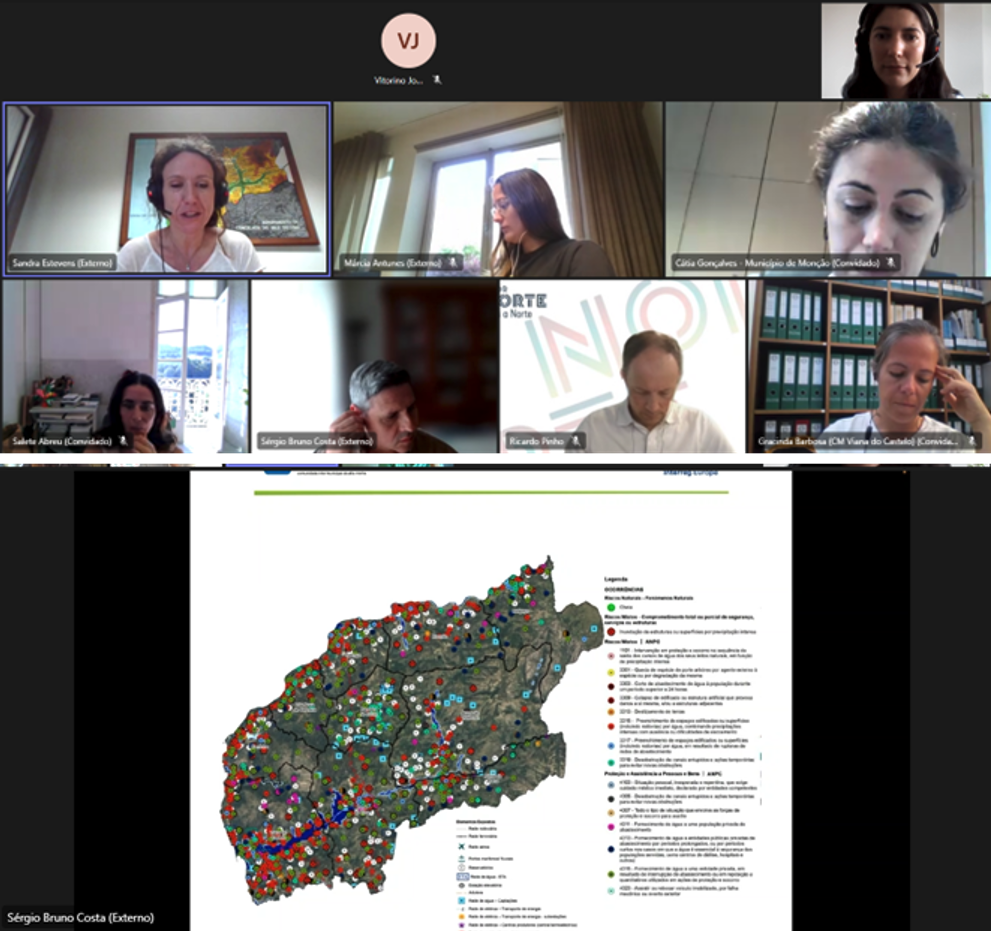
The BIGDATA 4RIVERS project meets its objectives and culminates with the presentation of an integrated and participatory action plan for water management.
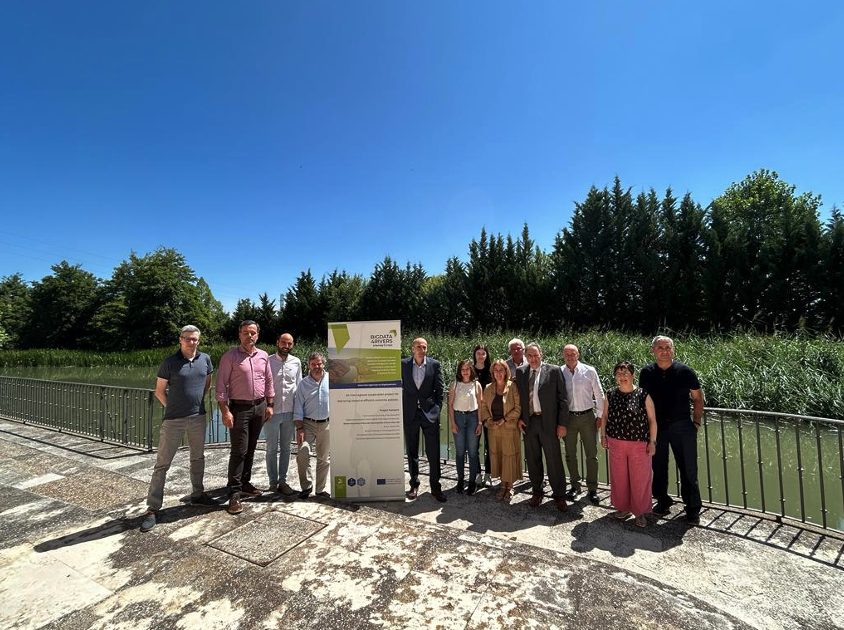
The final activity of the implementation of the AIMRD action plan, in the framework of the BIGDATA 4RIVERS project, took place at Valladolid on 12 July.
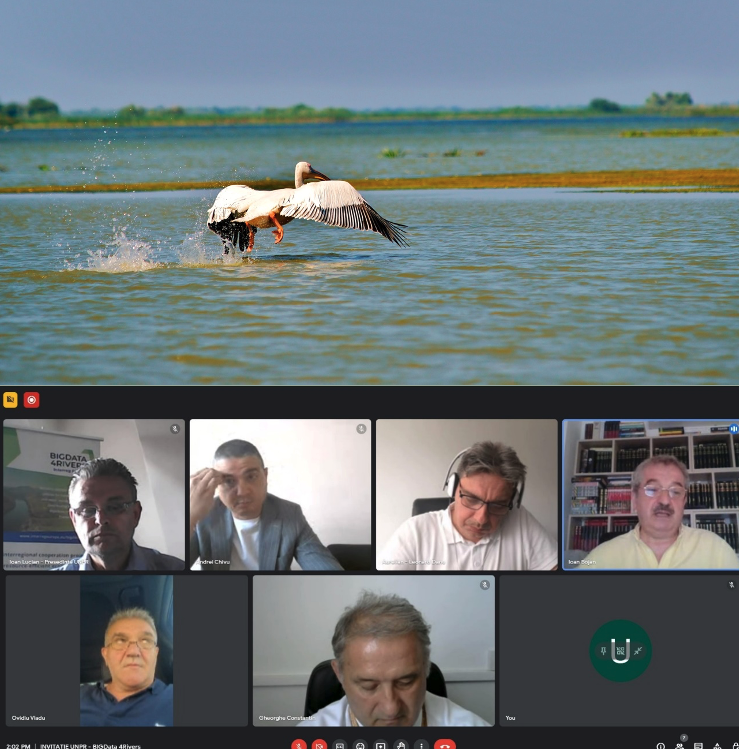
THE CONSTITUTION OF THE LOCAL ADVISORY GROUP FOR A SMARTER WATER MANAGEMENT (WATERLAG) IN ROMANIA WILL BE A REALITY VERY SOON
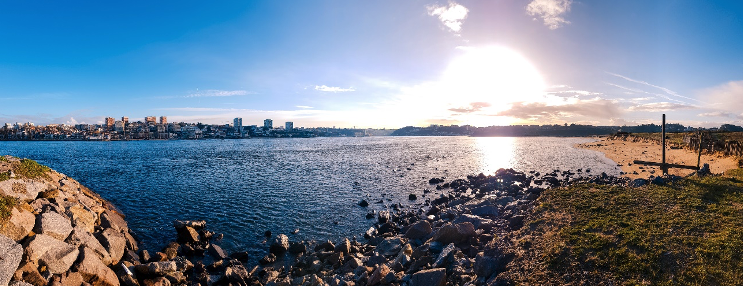
THE ACTION PLAN DESIGNED BY AIMRD IN THE FRAMEWORK OF BIDGATA 4RIVERS ENTERS ITS FINAL PHASE
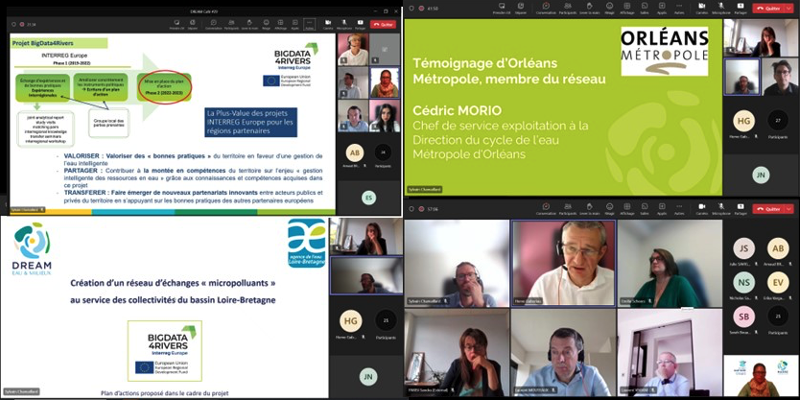
The closing meeting of the BIGDATA 4RIVERS Interreg Europe project in France was held on 4 July 2023 as a webinar, attended by 30 people.
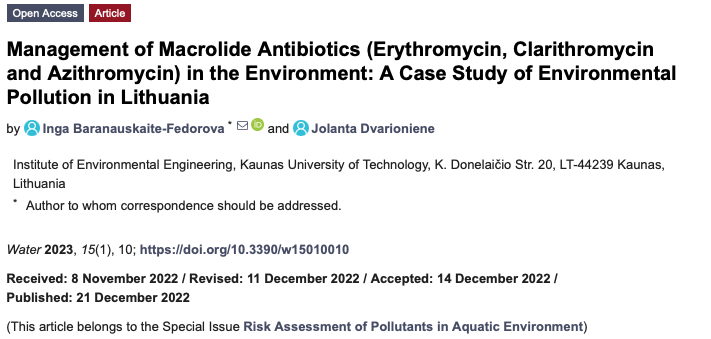
Researchers of the Institute of Environmental Engineering of the Kaunas University ave published a scientific article based on the results of BIGDATA 4RIVERS
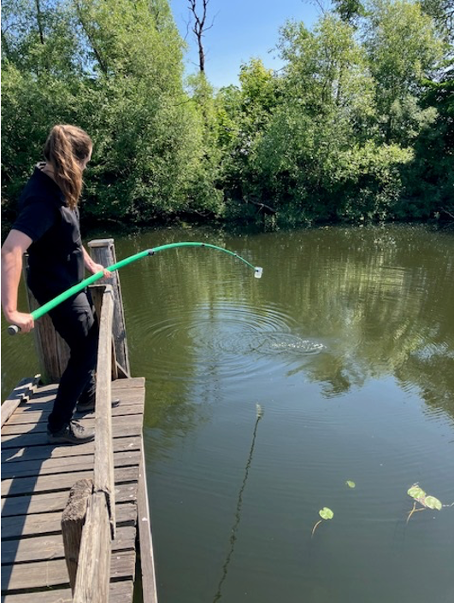
NEW MONITORING METHODS USED BY THE COUNTY ADMINISTRATIVE BOARD OF ÖSTERGÖTLAND
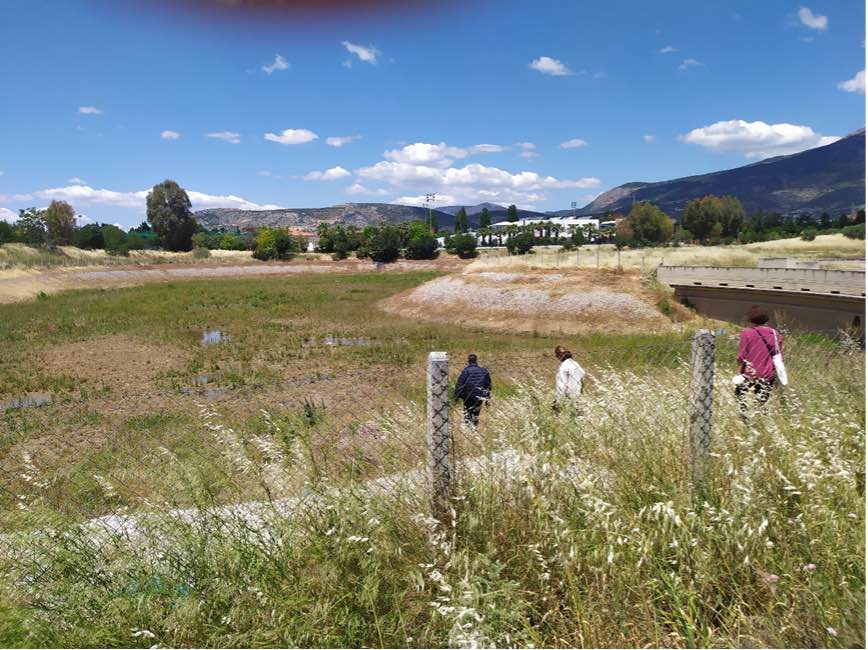
The Regional Development Fund of Attica (RDFA) continues to deploy their BIGDATA 4RIVERS action plan.
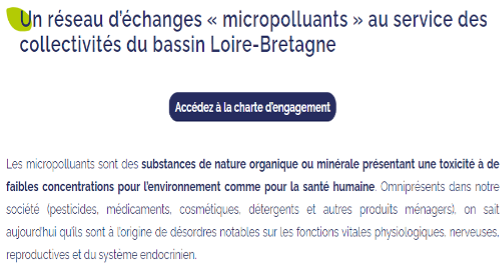
A "micropollutants" exchange network for local authorities in the Loire-Brittany basin is being created withinthe framework of BIGDATA 4RIVERS project